 |
| The discussion was held in the natural space of the Vietnam Museum of Ethnology. (Photo: Bich Ngoc) |
The seminar was attended by Dr. Bui Ngoc Quang, Deputy Director in charge of the Vietnam Museum of Ethnology; Associate Professor, Dr. Tran Hong Hanh, Deputy Director of the Vietnam Museum of Ethnology; Dr. Luu Hung, former Deputy Director of the Vietnam Museum of Ethnology, researchers and 20 Ba Na people in Kon Rbang village, Ngok Bay commune, Quang Ngai province.
The discussion aimed to look back at the journey of preserving the Ba Na communal house at the Vietnam Museum of Ethnology, and at the same time discuss the work of preserving and promoting the value of folk architecture in the current context.
Opening the discussion, Dr. Bui Ngoc Quang, Deputy Director in charge of the Museum, emphasized the profound significance of the communal house. This is not only a meeting place for villagers on important occasions, but also a symbol of community strength and spiritual concepts to bring solidarity and development to the village community.
“The higher, bigger and more beautiful the communal house is in a community, the more it shows the community strength of the villagers,” he shared.
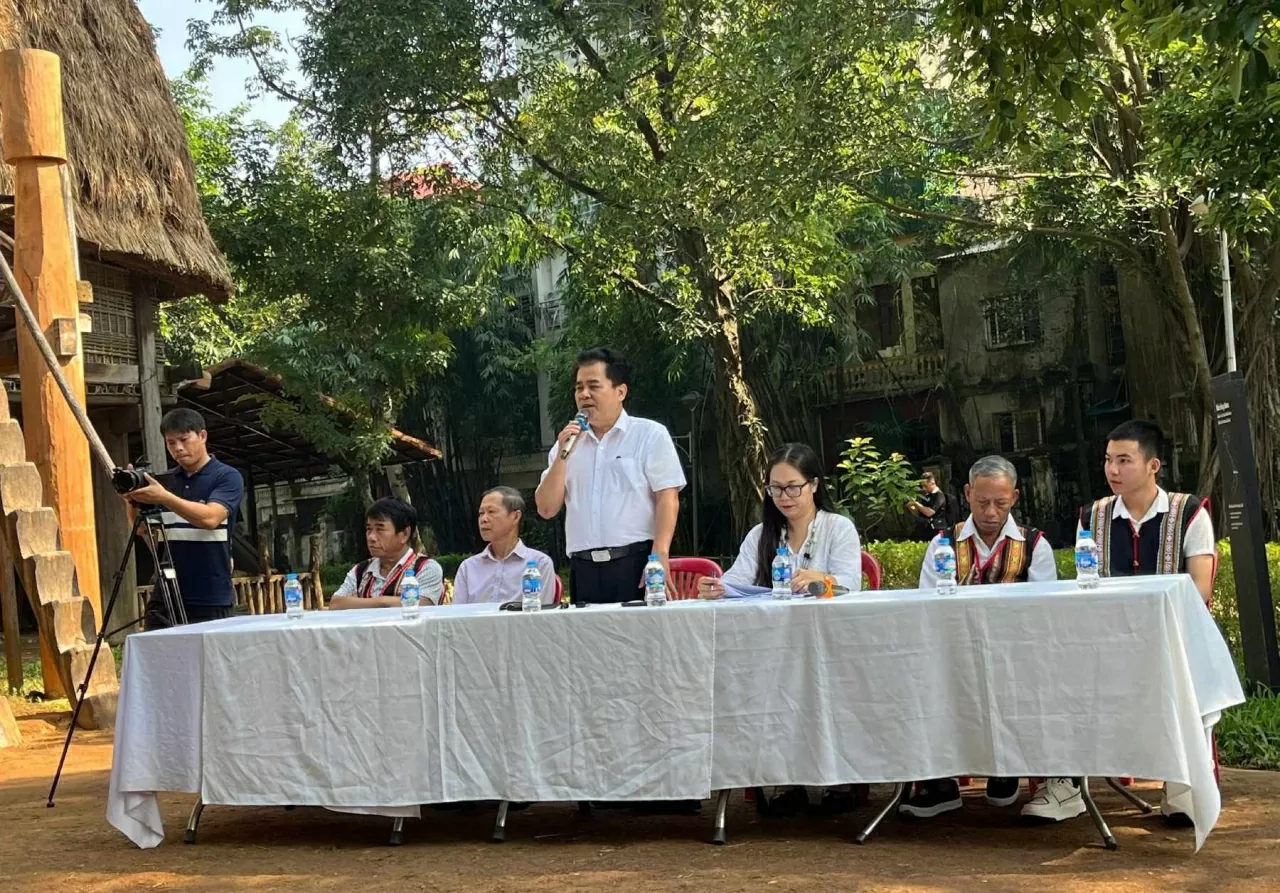 |
| Dr. Bui Ngoc Quang, Deputy Director in charge of the Museum, shares about the preservation of communal houses. (Photo: Bich Ngoc) |
Throughout history, communal houses have changed a lot and gradually disappeared due to social development and the process of exchange and adaptation. In the past, communal houses were made entirely of natural materials in the Central Highlands such as wood, thatch, bamboo, reeds, leaves and cogon grass. But now, even within the community itself, changes have occurred, many structures have been replaced with corrugated iron roofs and concrete pillars due to the scarcity of traditional materials.
Dr. Bui Ngoc Quang pointed out the problem in conservation work is to preserve the communal house according to the original architecture of the Ba Na ethnic group in today's contemporary context.
 |
| Communal house in the campus of Vietnam Museum of Ethnology. (Photo: Minh Anh) |
The communal house at the Vietnam Museum of Ethnology today is the result of cooperation between the Museum staff and the Ba Na villagers in Kon Rbang village. Regarding the time spent researching and restoring the project, Dr. Luu Hung, former Deputy Director of the Museum, shared: "The communal house was built with great difficulty and care, this is a great achievement of the Vietnam Museum of Ethnology".
According to Mr. Hung, in 1999, when the research team came to Kon Rbang village to conduct a survey, the communal house of Kon Rbang village was roofed with corrugated iron and the front yard was reinforced concrete. However, using ethnographic fieldwork methods, the Museum staff team determined that the frame still retained the traditional architecture. This is also the only communal house that still retains the structure of the first half of the 20th century.
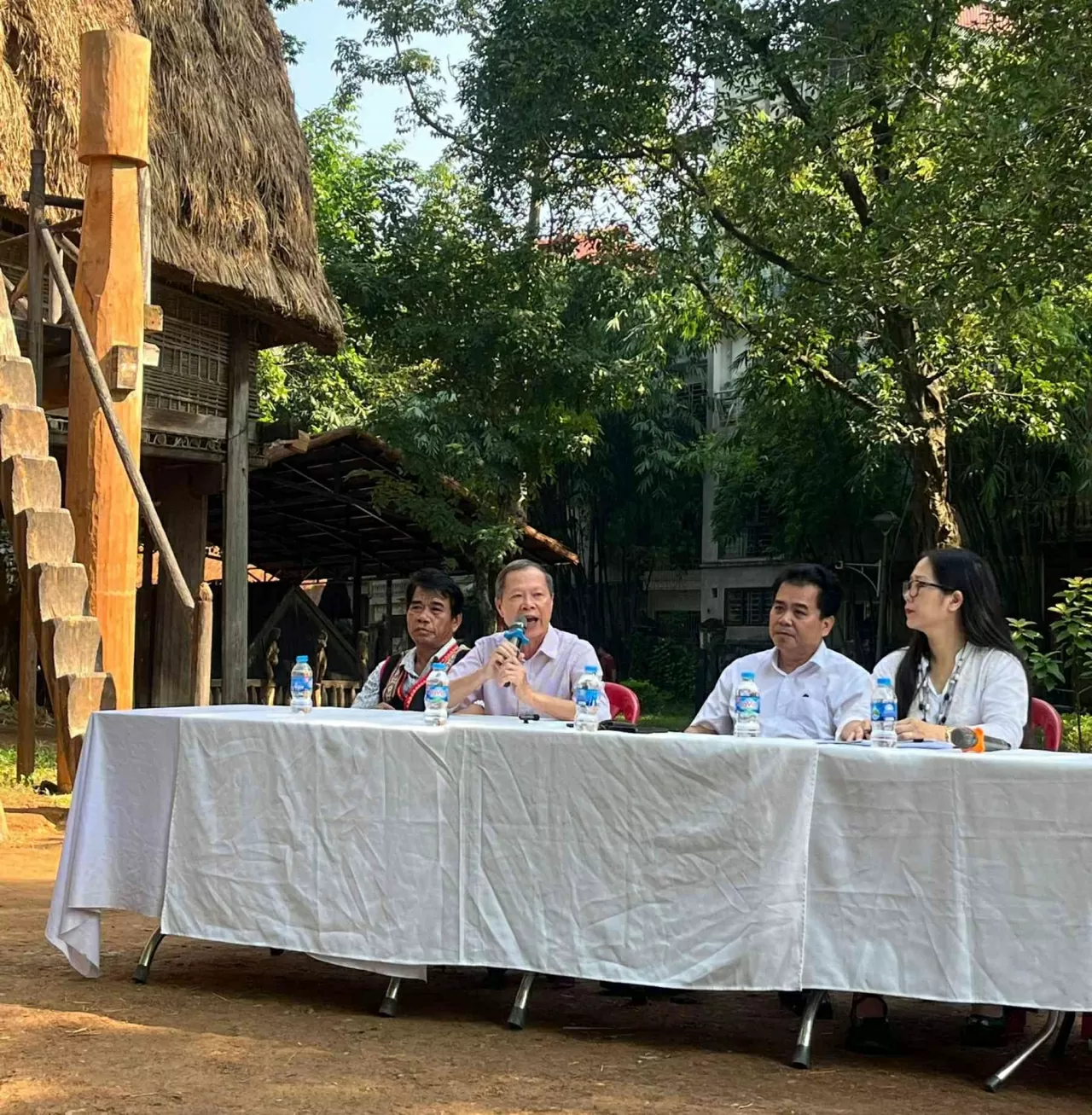 |
Dr. Luu Hung, former Deputy Director of the Museum, shares about the process of preserving the communal house. (Photo: Bich Ngoc) |
“The communal house at the Vietnam Museum of Ethnology is determined to have the same structure as the communal house in Kon Rbang village in the past,” Dr. Luu Hung affirmed.
The communal house at the Museum is valuable not only because of the rarity of the original model, but also because of the difficulties in finding construction materials. At the time of construction in 2002, 30 Ba Na people were welcomed to the Museum to process the bamboo, reed, and cogon grass. However, due to lack of wood, the project was halted, and Museum staff had to go to Laos to find alternative materials.
After the problem was resolved, in 2003, the Museum staff welcomed the Ba Na people back to complete the project. If we count both batches, there were a total of 59 people with about 3,350 days of hard work to build the architecture as it is today.
The communal house at the Museum has undergone three renovations, the most recent of which took place in early October, with the contribution of 20 Ba Na people from Ngok Bay commune. According to the Museum staff, among the 20 Ba Na people here, some sold their buffaloes and chickens to go to Hanoi , for fear that no one would take care of them while they were away from home. As Dr. Bui Ngoc Quang shared, this house does not belong to the Museum, but to the Ba Na people themselves, who are preserving and conserving the beauty of their ethnic group.
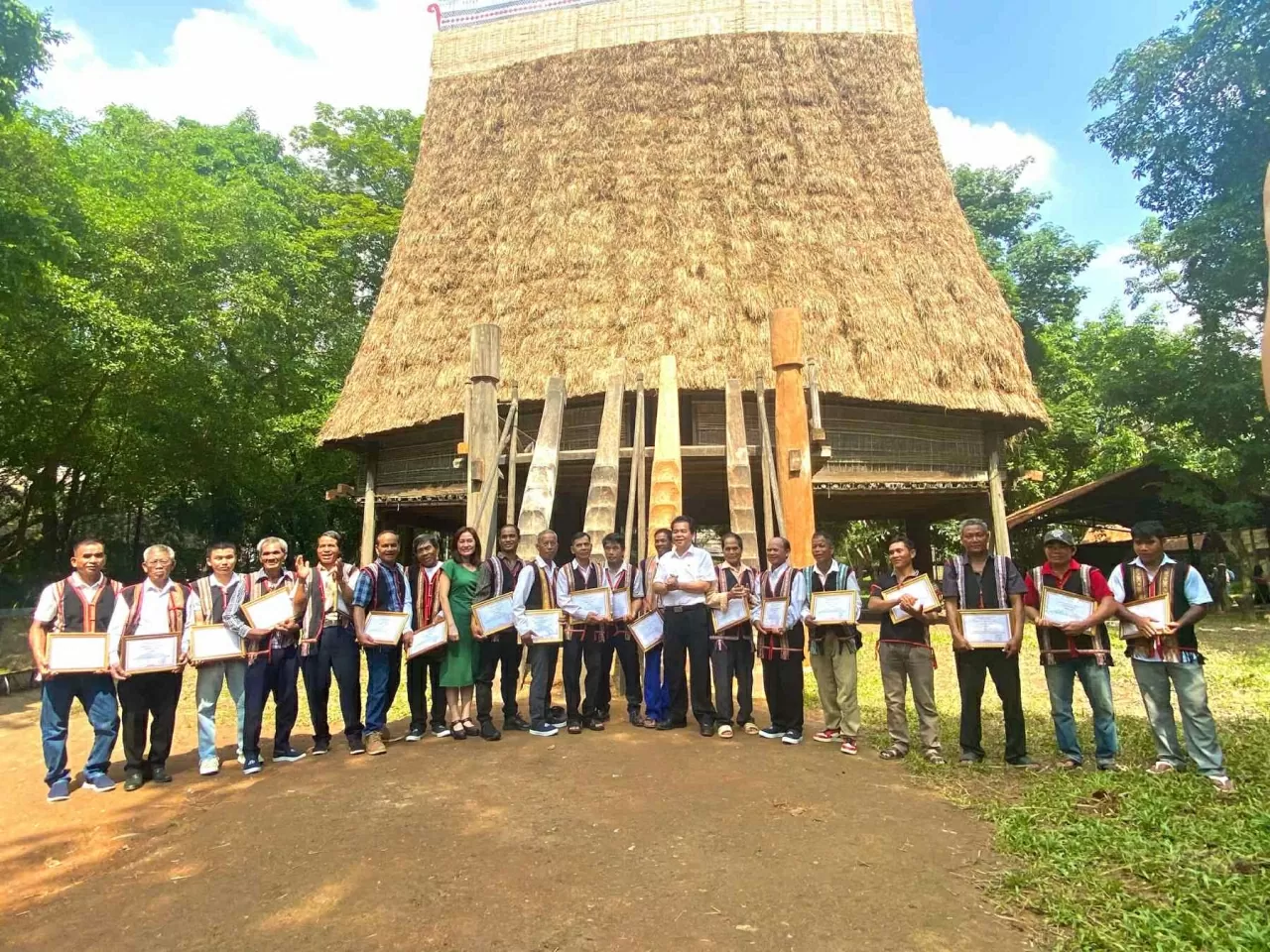 |
| 20 Ba Na people received certificates of merit from the Vietnam Museum of Ethnology. (Photo: Bich Ngoc) |
At the seminar, there was also a question and answer session and exchange between students, revolving around the architecture of communal houses and methods of preserving, conserving and passing on values to the next generation, showing the interest and respect of today's young generation for the national cultural heritage.
Finally, Dr. Bui Ngoc Quang emphasized the responsibility of the Vietnam Museum of Ethnology in preserving and conserving the cultural values of the Vietnamese ethnic communities. In the context of increasingly scarce traditional materials, preserving the originality of the heritage is not easy. However, the Museum staff will continue to strive to find ways to preserve and spread the core values and beauty of the Vietnamese cultural heritage.
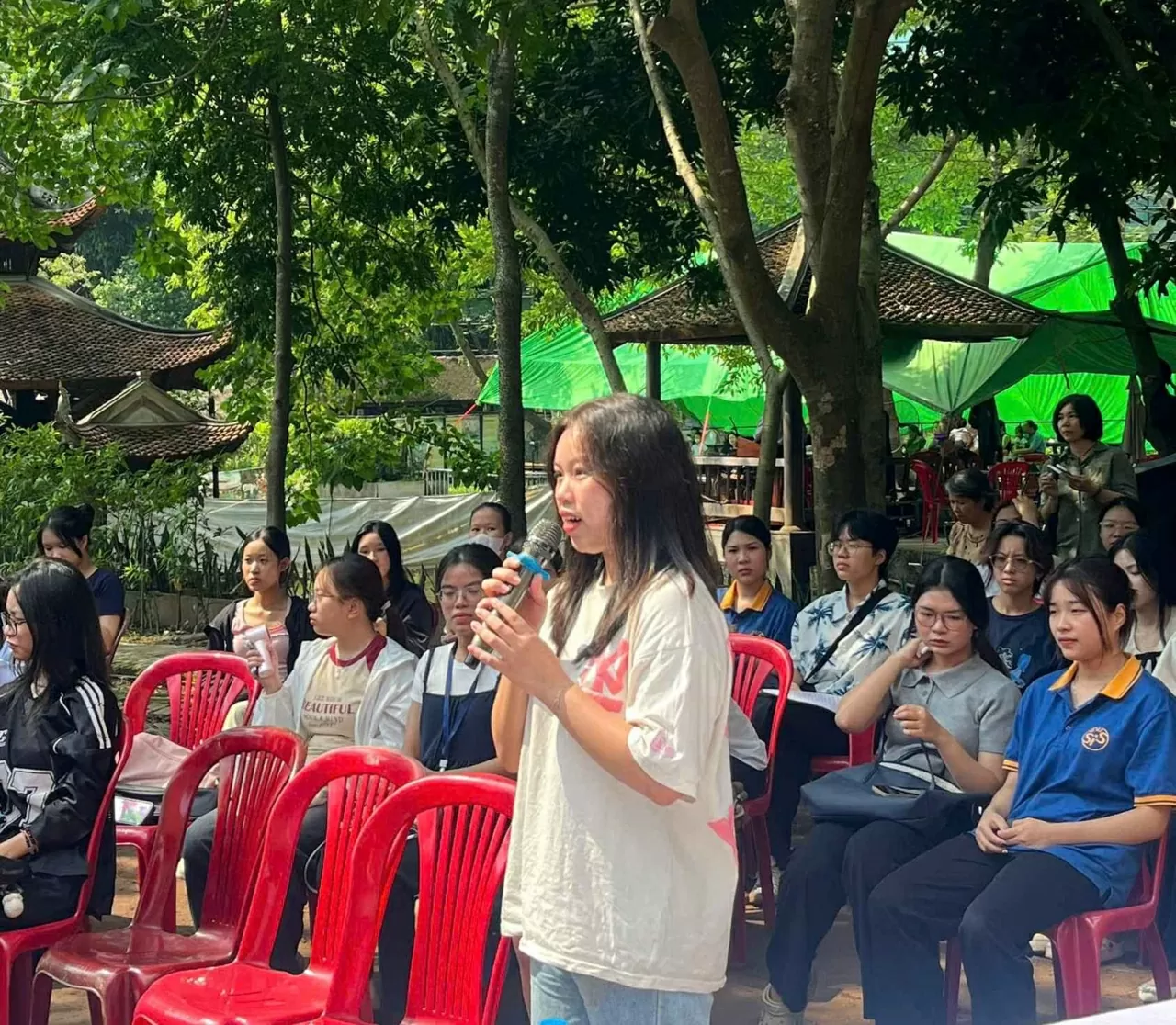 |
| Q&A session between students at the seminar. (Photo: Bich Ngoc) |
Source: https://baoquocte.vn/bao-ton-nha-rong-giu-hon-tay-nguyen-giua-dong-chay-hien-dai-331426.html



![[Photo] Prime Minister Pham Minh Chinh meets with Speaker of the Hungarian National Assembly Kover Laszlo](https://vphoto.vietnam.vn/thumb/1200x675/vietnam/resource/IMAGE/2025/10/20/1760970413415_dsc-8111-jpg.webp)
![[Photo] National Assembly Chairman Tran Thanh Man holds talks with Hungarian National Assembly Chairman Kover Laszlo](https://vphoto.vietnam.vn/thumb/1200x675/vietnam/resource/IMAGE/2025/10/20/1760952711347_ndo_br_bnd-1603-jpg.webp)
![[Photo] Chairman of the Hungarian Parliament visits President Ho Chi Minh's Mausoleum](https://vphoto.vietnam.vn/thumb/1200x675/vietnam/resource/IMAGE/2025/10/20/1760941009023_ndo_br_hungary-jpg.webp)
![[Photo] Solemn opening of the 10th Session, 15th National Assembly](https://vphoto.vietnam.vn/thumb/1200x675/vietnam/resource/IMAGE/2025/10/20/1760937111622_ndo_br_1-202-jpg.webp)
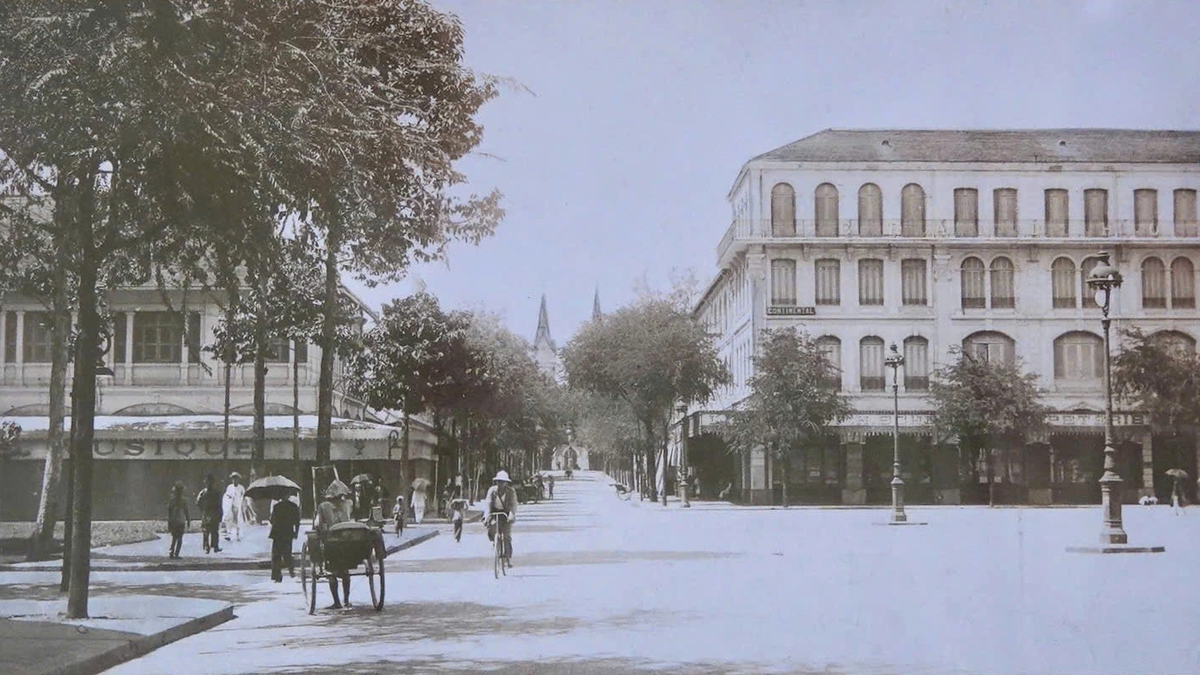






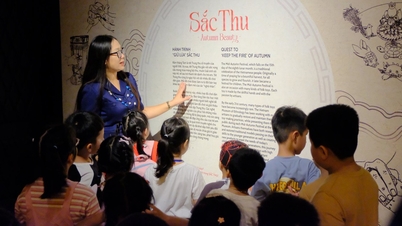

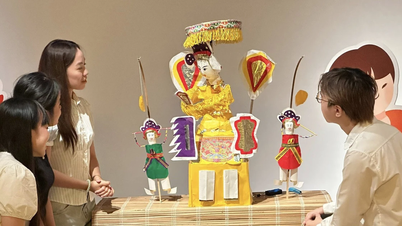


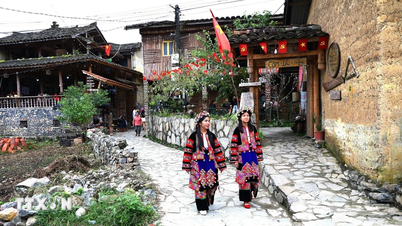

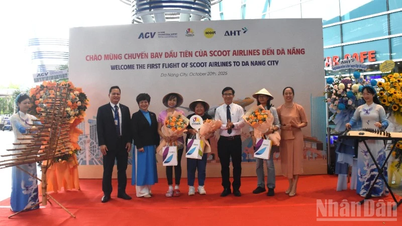

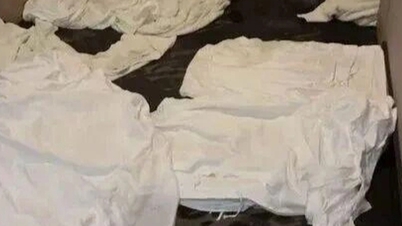

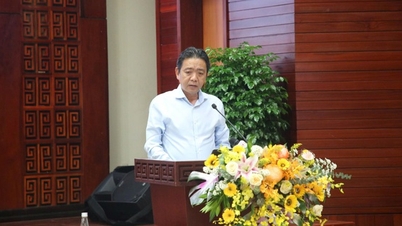

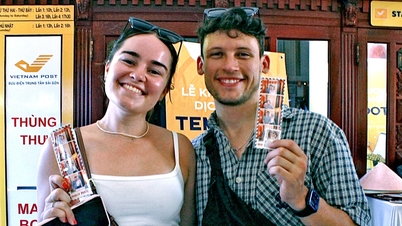





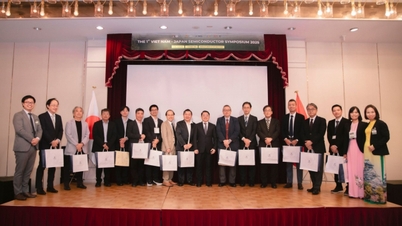
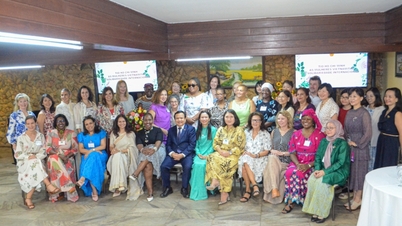
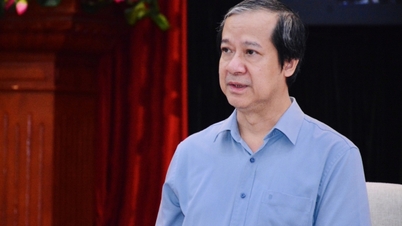

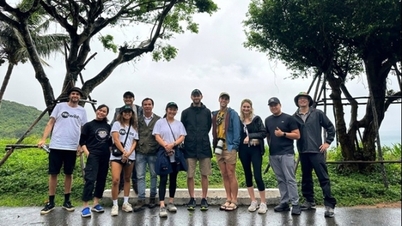
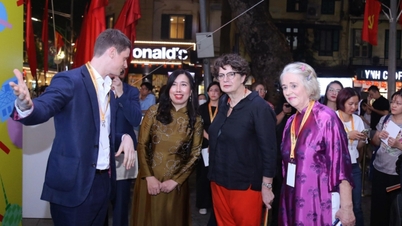
![[Photo] The Steering Committee of the 2025 Fall Fair checks the progress of the organization](https://vphoto.vietnam.vn/thumb/1200x675/vietnam/resource/IMAGE/2025/10/20/1760918203241_nam-5371-jpg.webp)

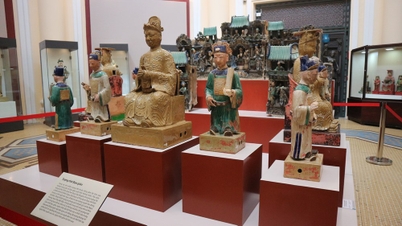
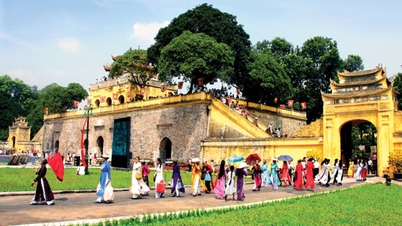

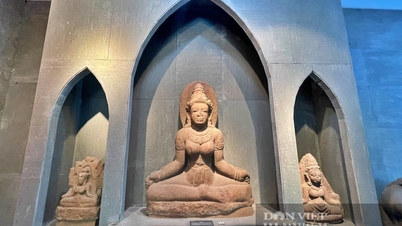

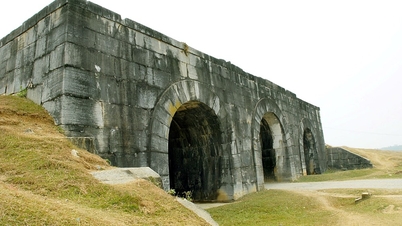
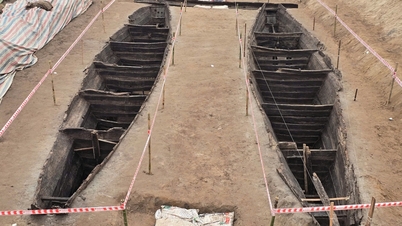

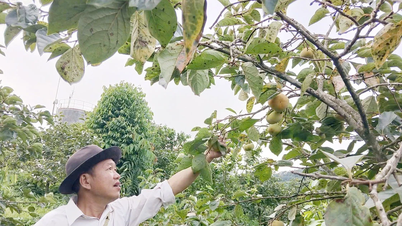




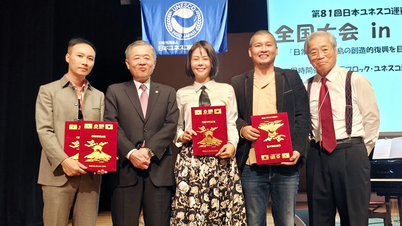
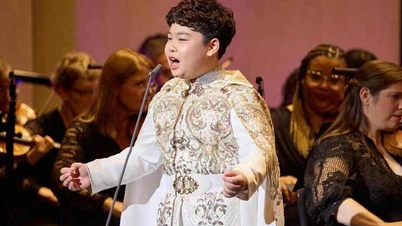

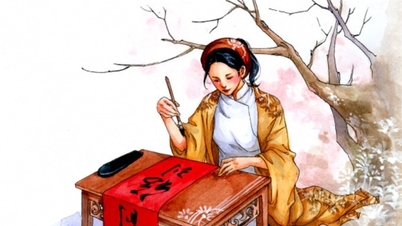




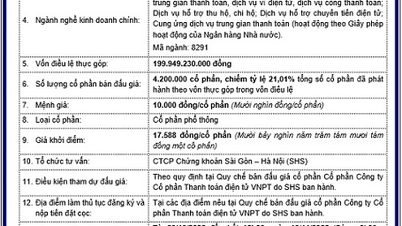












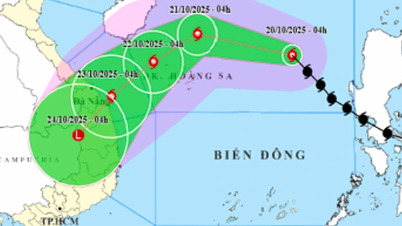





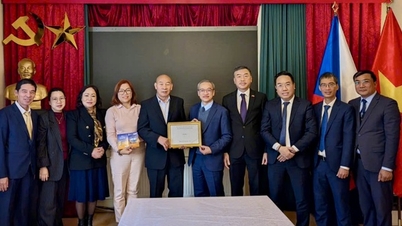

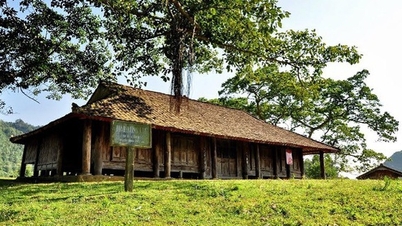






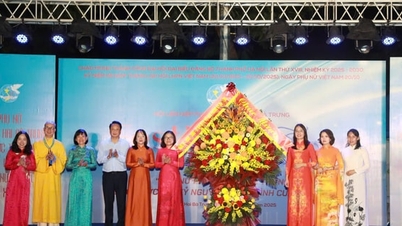



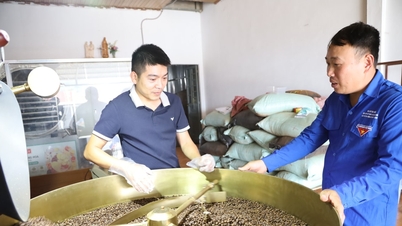

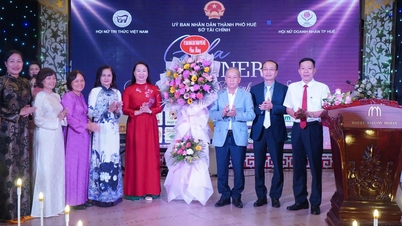












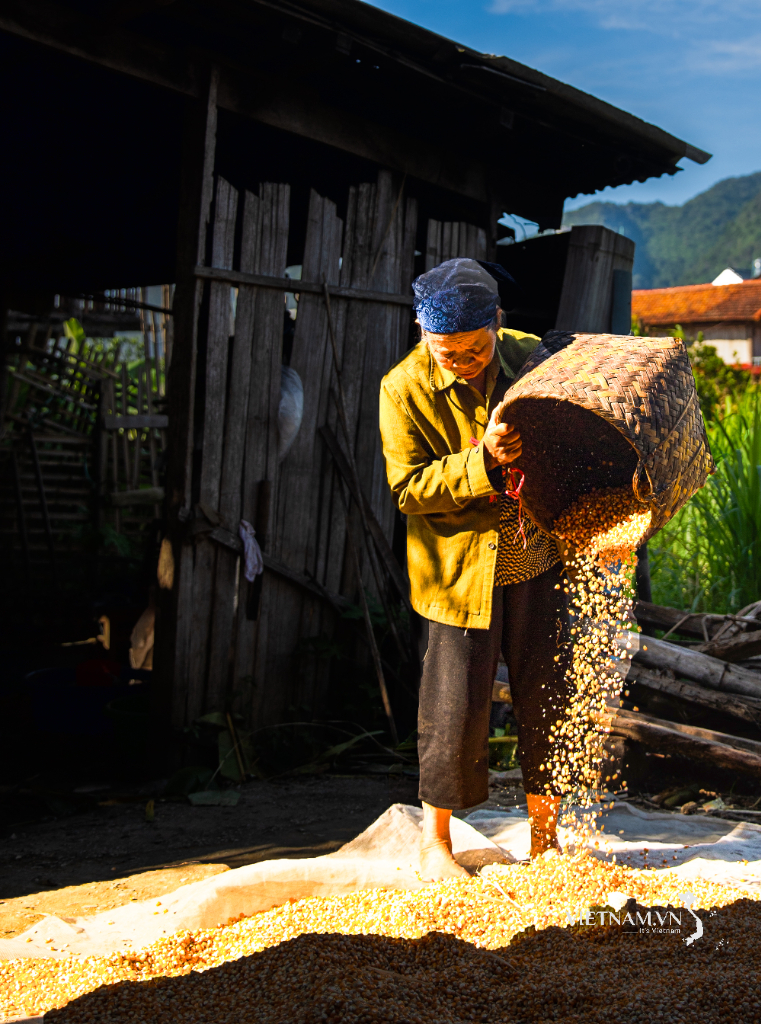

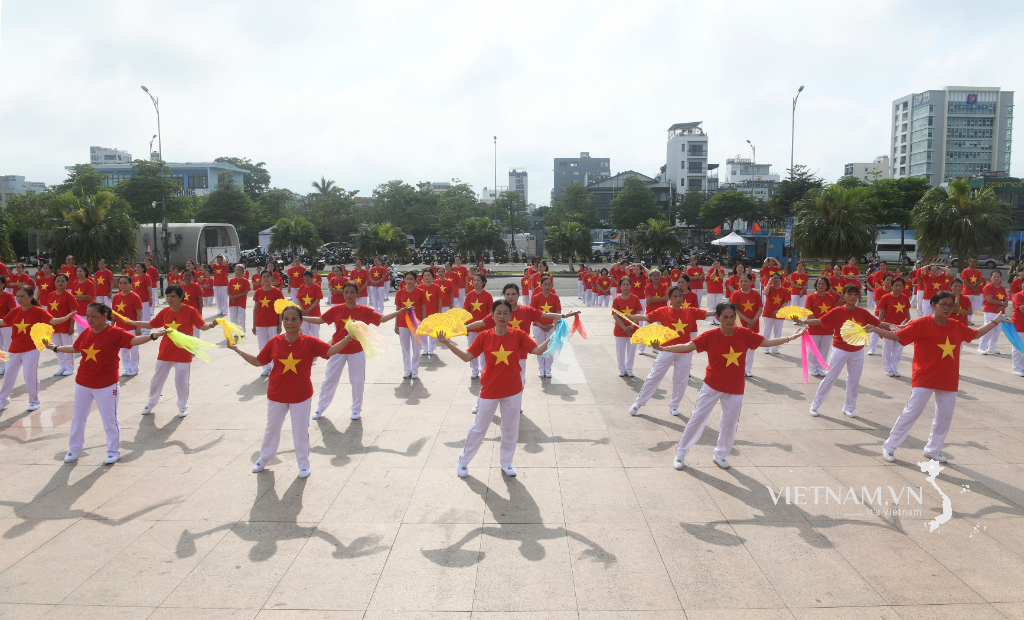
Comment (0)